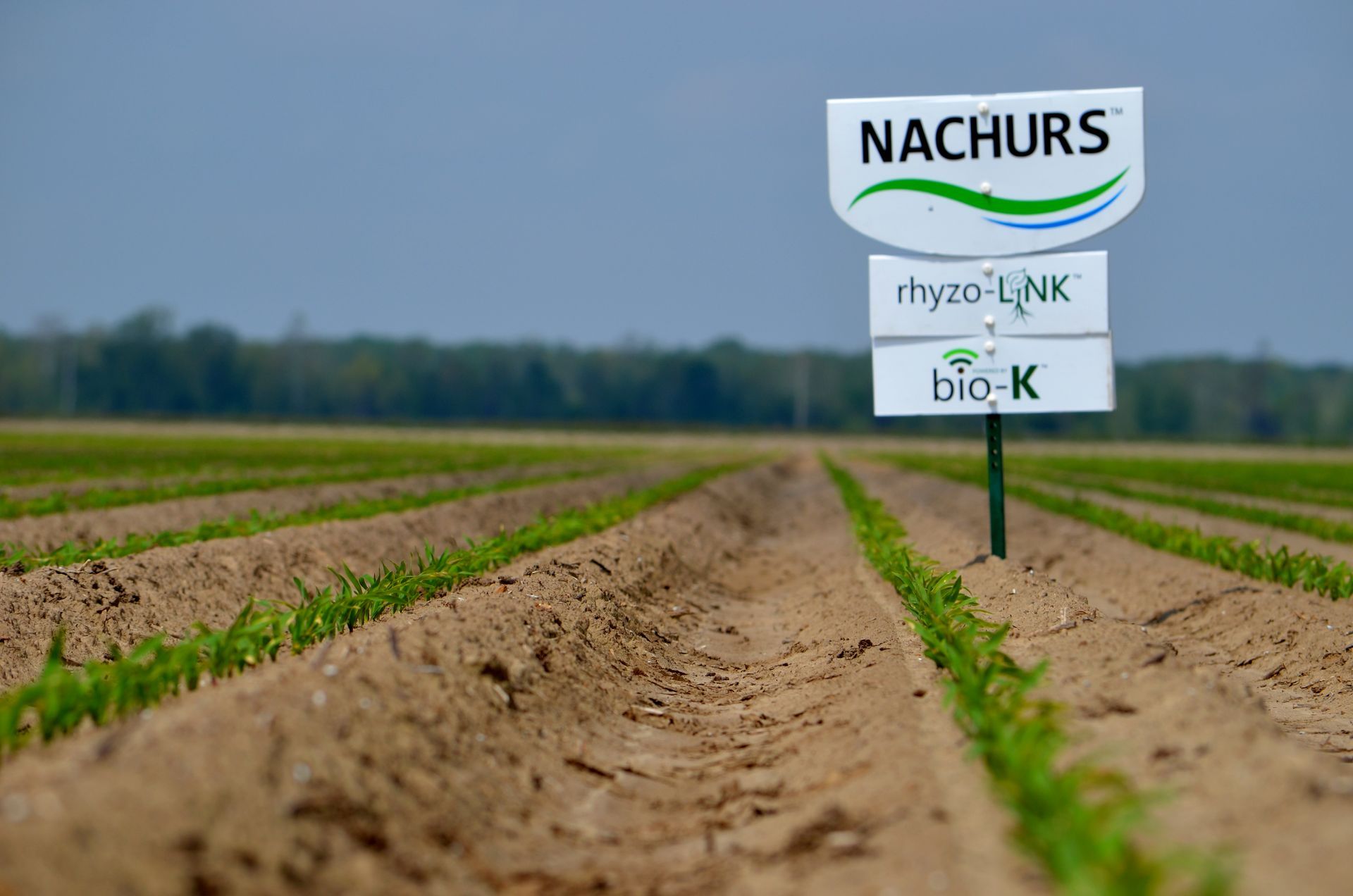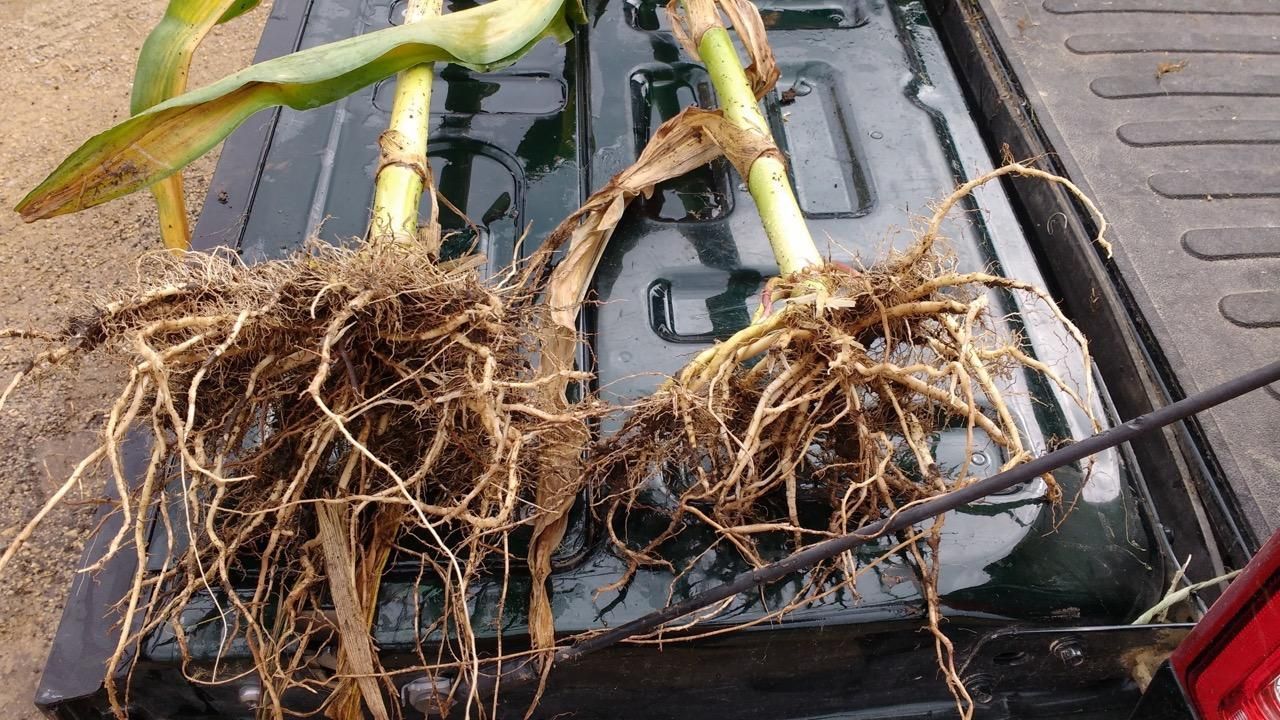NACHURS Rhyzo-Link PE®
NACHURS® Rhyzo-Link® PE utilizes the latest advancements in microbial technology to formulate multiple microbial groups into one product.

This message is from Joe Osterhaus, Regional Sales Agronomist.
The use of biological products in agriculture is gaining in popularity. With this gain in popularity comes much confusion. What kind of biology is in the products? What are they being used for? How do they work? Do they work at all? Will they help increase yields? What is this new snake oil?
Ok, it’s not snake oil. Let’s clear that up right now. Biological products have been used in specialty crops for years and have proven valuable to many farming operations. Products are now being made to fit into row crop operations. NACHURS Rhyzo-Link PE is one of those products.
Rhyzo-Link PE is a pure culture, a multi-strain consortium of 2 Bacillus species explicitly chosen for what they do in the soil. The PE in Rhyzo-Link PE stands for Phosphate Efficiency. These bacillus species have an enzymatic profile and functions to release organic P and mineralized P. Enzymes that break down cellulose and starches and aid in stress mitigation.
Rhyzo-Link PE works best in soils where phosphates can be tied up with aluminum and iron, low organic matter fields with low amounts of soluble phosphates, and heavily manured soils. Ultimately, we should see plants with more extensive roots, better overall plant health, above-ground growth, and better yields.
For more information, click here or contact your local NACHURS sales manager.
Pictures below:














